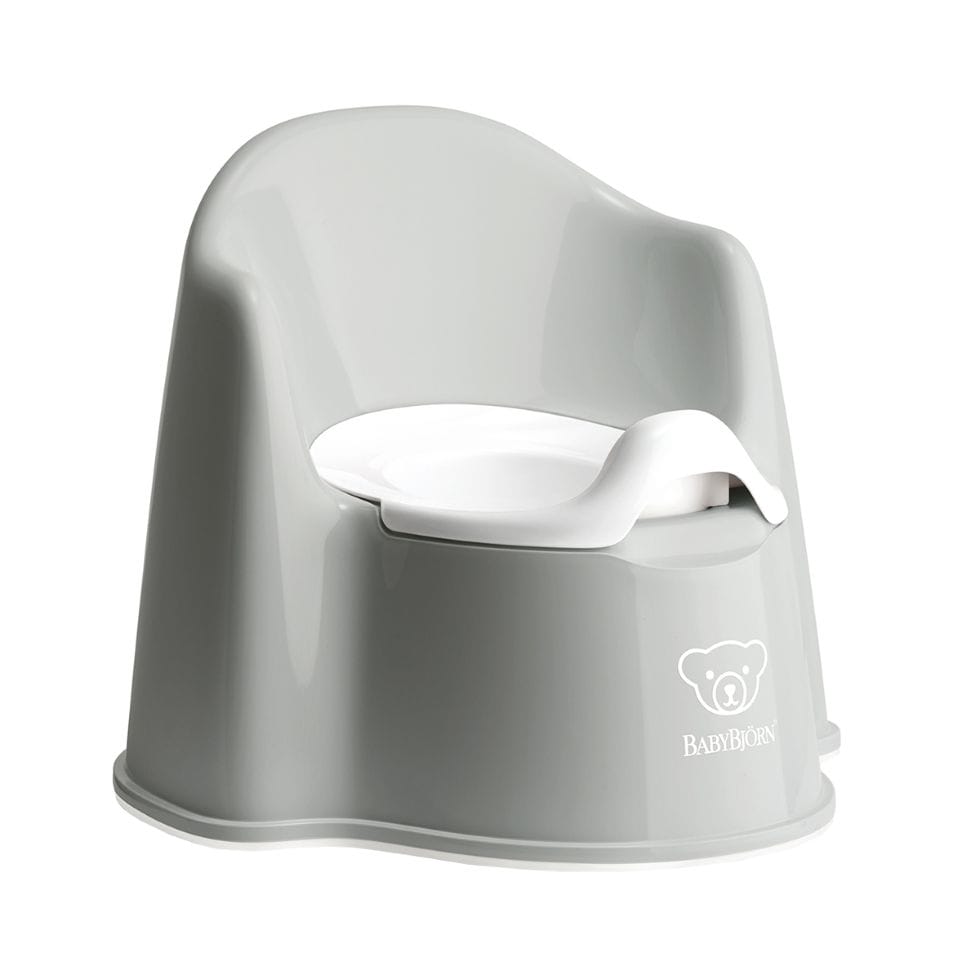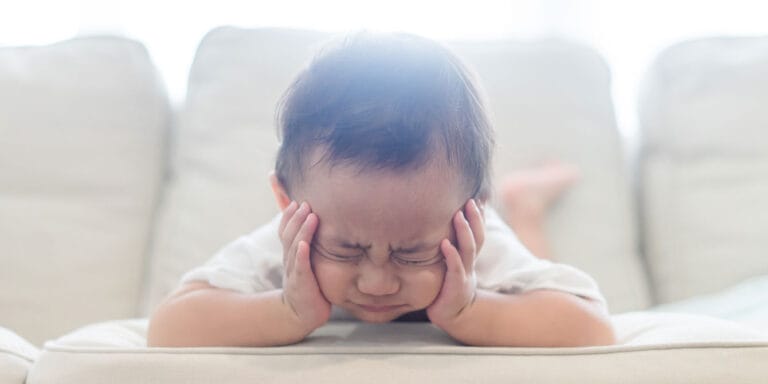Rock potty training: 5 important things to know before you start

Potty training is an exciting time, but it's one that takes a lot of work.
Potty training is a huge step towards independence, for both parents and children. It can be such an exciting and happy time—there’s nothing better than seeing the smile of pride on your kid’s face when they do their first pee in the potty and yell “I did it!”
If you’re starting to think about potty training, the key to the easiest, calmest, and quickest process is preparation and understanding. Many common mistakes and pitfalls can be avoided if you know how to.
I’ve worked with thousands of parents and have four of my own children, so I’ve been there too, and in my experience, there are five main points you need to know about to rock potty training.
1. Readiness is everything
Perhaps the biggest key to the easiest potty training is starting at the right time. If kids are not ready and training begins too early, it’s almost never successful. Similarly, putting off training or waiting too long to start can cause just as many problems. The secret is to find that sweet spot in the middle.
There are two forms of readiness, emotional and physical, and both matter equally. Kids’ bodies go through several developmental changes before they are ready to potty train, from increasing bladder capacity and hormonal control of pee output, to conscious control of the muscles needed to open the bladder and bowel. From a scientific perspective, these physical developments indicate readiness somewhere between 20 and 30 months of age.
Emotional readiness , however, is something different altogether. Kids can take longer to be emotionally ready, even if their bodies are ready to go. For the easiest potty training, you want an excited, motivated and relaxed kid. That means training when other big life events are happening, such as welcoming a new baby into the family, is not the greatest idea.
2. Expect (and accept) accidents
Many parents start potty training and give up on day two or three because their kid has too many accidents. They doubt their decision, second guess that it’s the right time to start and convince themselves that they misread the signs. The thing is, accidents are an important part of learning to use the restroom.
Kids need to learn what it feels like to be wet (something most don’t feel in disposable diapers) and they need to learn how long they can hold on and when they must go to the potty NOW! It’s a learning process, just like learning to ride a bike. We don’t stop trying to teach our kids how to ride a bike because they’ve fallen off a few times. We tell them, “It’s okay, you’re learning, accidents happen and you’ll get there!”
Accidents are a sign of learning, not a sign of failure. They can happen for weeks, months and even years until the child gets the hang of it. Be confident in your child and trust that you’re making the decision to start.
3. Trust they know when to go
Imagine if you’ve just been to a mindfulness class and the teacher taught you a relaxation technique to practice a few times a day. You’re doing okay on your own, maybe you forget a couple of times, but you’re getting there slowly.
Now imagine if the teacher phoned you 10 times a day to “check if you’ve done your relaxation practice when you feel stressed?” You’d get annoyed wouldn’t you? In fact, you’d probably stop trying to practice by yourself. This is what happens to kids when parents constantly prompt them during potty training with, “Do you need to pee?” or “Are you sure you don’t need to poo yet?”
Over-prompting causes kids to stop listening to their bodies and often, to stop trying. Prompt as little as possible so that your little one can lead the way.
4. Devote time to potty train
It would be great if we could slot potty training into our regular schedule, without having to put anything on hold. But, potty training is a big step in a child’s life. Doesn’t that big step deserve some time devoted to it?
Too many parents try to squeeze potty training into their regular routines, not making any special time for it. Taking time away from your everyday routines, such as booking some time off work, or using a weekend to stay home for a couple of days, will help your kid to concentrate on learning.
Just two or three days where you minimize distractions is enough and you’ll more than recoup the time you spent later by avoiding the stop-start potty training cycle that so many go through. Clear some time in your everyday schedules to really focus on learning.
5. Commando or underwear only
Ditching diapers and pull-ups in the day immediately is the way to go. They’re confusing to kids as they say, “Hey, I think you’re ready for potty training, but I don’t quite trust you, so I’m going to put this new type of diaper on you.” Both wick away moisture, preventing kids from learning what it feels like to be wet (and don’t motivate them to avoid it) and the way they fit their bodies feels too much like a regular diaper. The result? Usually delayed and difficult potty training.
Show your child that you believe in them and that means ditching the diapers and pull-ups in the daytime full stop! It’s okay to still use them at night for a while, though. It usually takes six to 12 months of daytime dryness before night dryness happens. Just keep daytimes to commando or underwear only. Don’t be tempted to go back to diapers once you’ve started. Remember, consistency is key!
Potty training is an exciting time, but it’s one that takes a lot of work. Have lots of patience and show your little that you trust them to make it to the potty. If accidents happen, don’t worry! Use it as a learning experience until they get the hang of it. They’ll be ready to head to the bathroom in no time.
Ready to ditch the diapers? We’ve got what you need in the Motherly Shop!
Potty Chair

This classic Swedish design makes potty training less intimidating for little ones. The kid-sized throne been a best seller for ages, helping little ones and their parents find comfort, confidence and toilet training success. With a skid-proof bottom and easy-to-clean removable insert you’ll want one for each bathroom!
Easy Seat Toilet Trainer

Toilet seat trainers are great for little ones who aren’t intimidated by the grown-up potty. This soft, stain-resistant and anti-microbial insert is comfortable on little tushies and makes clean up a breeze.
Step Stool

Whether they’re working to reach the potty or the sink to wash their hands, the lightweight construction of this step stool makes it easy for little ones to carry around on “do it myself” missions.
We independently select and share the products we love—and may receive a commission if you choose to buy. You’ve got this.





































